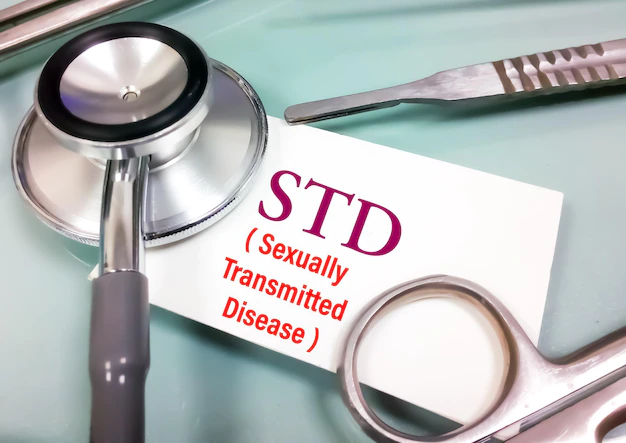Diagnosis and Treatment of Sexually Transmitted Diseases

Sexually transmitted diseases (STDs) are infections that are spread through sexual contact. They can affect anyone who is sexually active and can have serious health consequences if left untreated. In this blog post, we’ll provide an overview of how STDs are diagnosed and treated.
Diagnosis of STDs:
STDs can be diagnosed through various methods, including:
- Physical exam – a healthcare provider may examine the genital area for signs of infection or inflammation.
- Blood test – a blood sample can be taken to test for certain STDs, such as HIV or syphilis.
- Urine sample – a urine sample can be tested for STDs such as chlamydia and gonorrhea.
- Swab test – a swab of the affected area, such as the genital or anal area, can be taken to test for STDs such as herpes and human papillomavirus (HPV).
It’s important to get tested regularly for STDs, especially if you have multiple sexual partners or engage in high-risk sexual behaviors.
Treatment of STDs:
The treatment for STDs depends on the specific infection and its severity. Some STDs, such as viral infections like herpes and HPV, do not have a cure, but symptoms can be managed with antiviral medications or other treatments.
Bacterial STDs, such as chlamydia and gonorrhea, can be treated with antibiotics. It’s important to complete the entire course of antibiotics, even if symptoms improve, to ensure that the infection is fully treated and prevent the development of antibiotic-resistant strains of bacteria.
In addition to medication, lifestyle changes may be necessary to prevent the spread of STDs. This may include abstaining from sexual activity until the infection is fully treated, informing sexual partners of the infection and encouraging them to get tested, and using condoms consistently and correctly to prevent the spread of the infection.
Overall, early diagnosis and treatment of STDs is crucial to prevent the spread of infection and reduce the risk of serious health complications. If you suspect that you may have an STD, it’s important to see a healthcare provider for testing and treatment.
